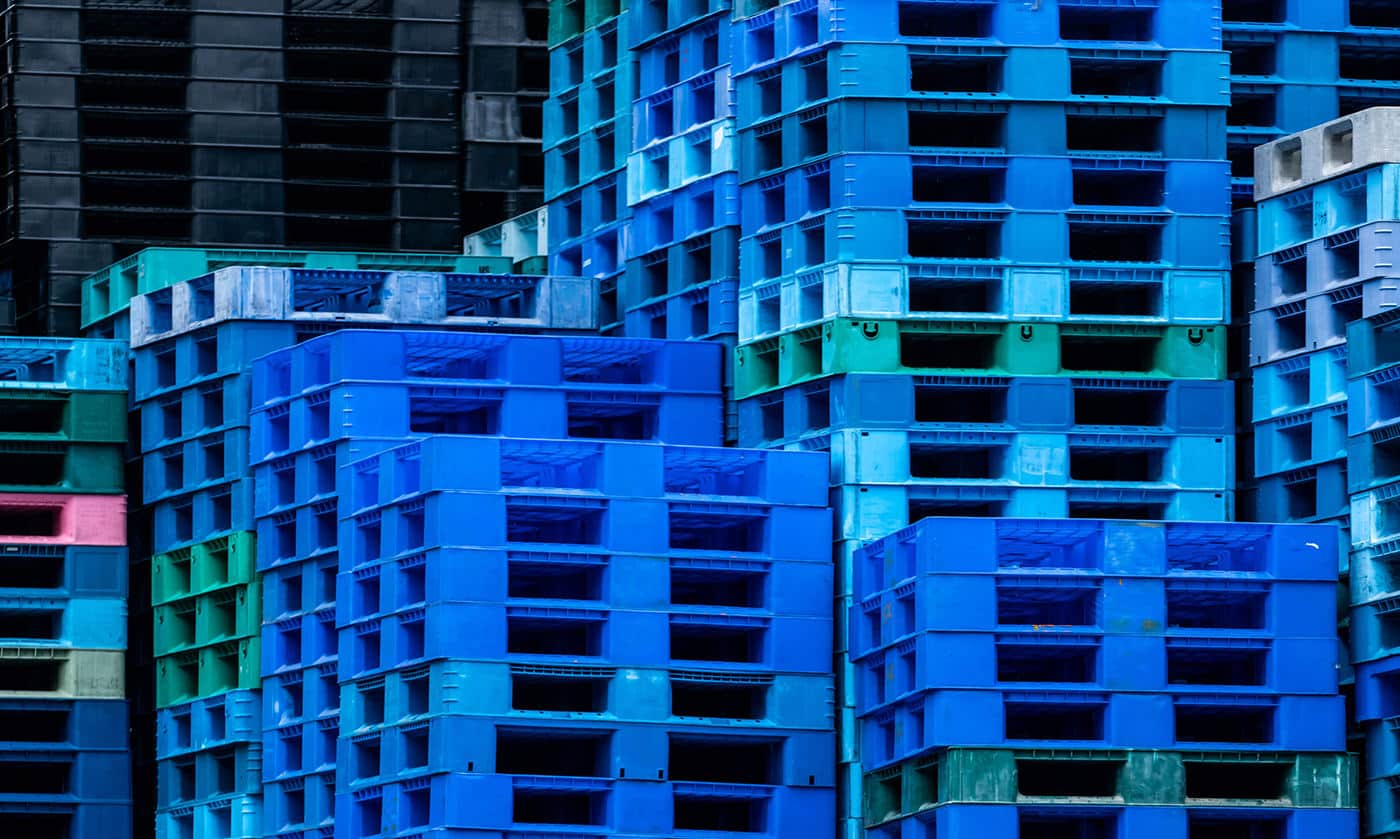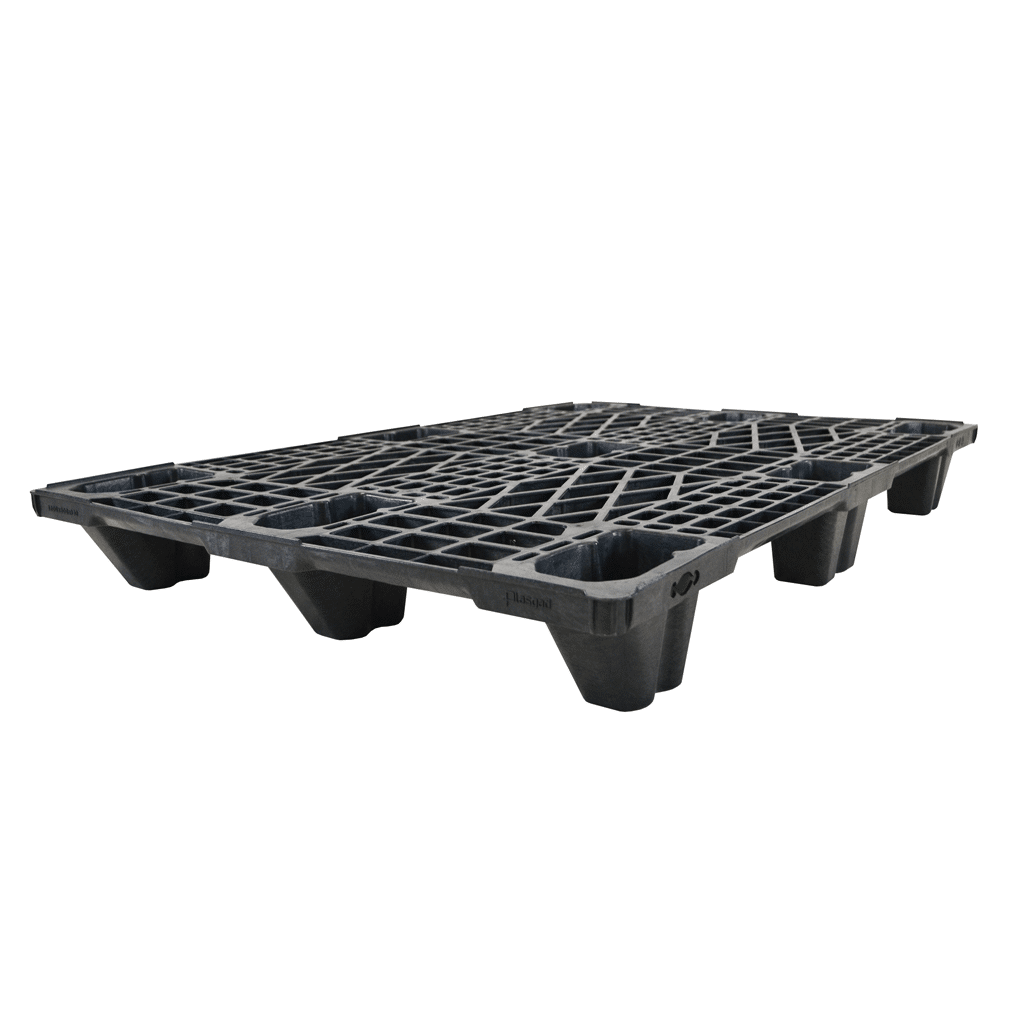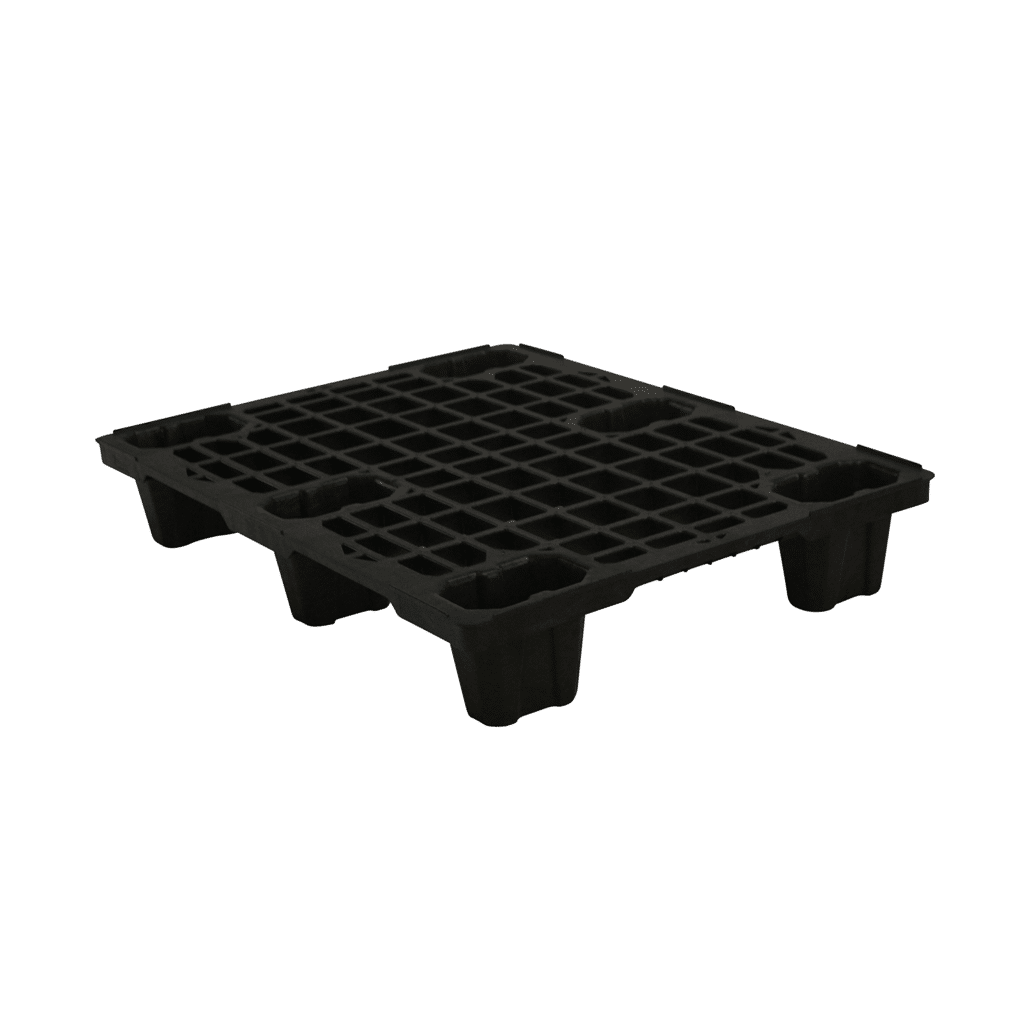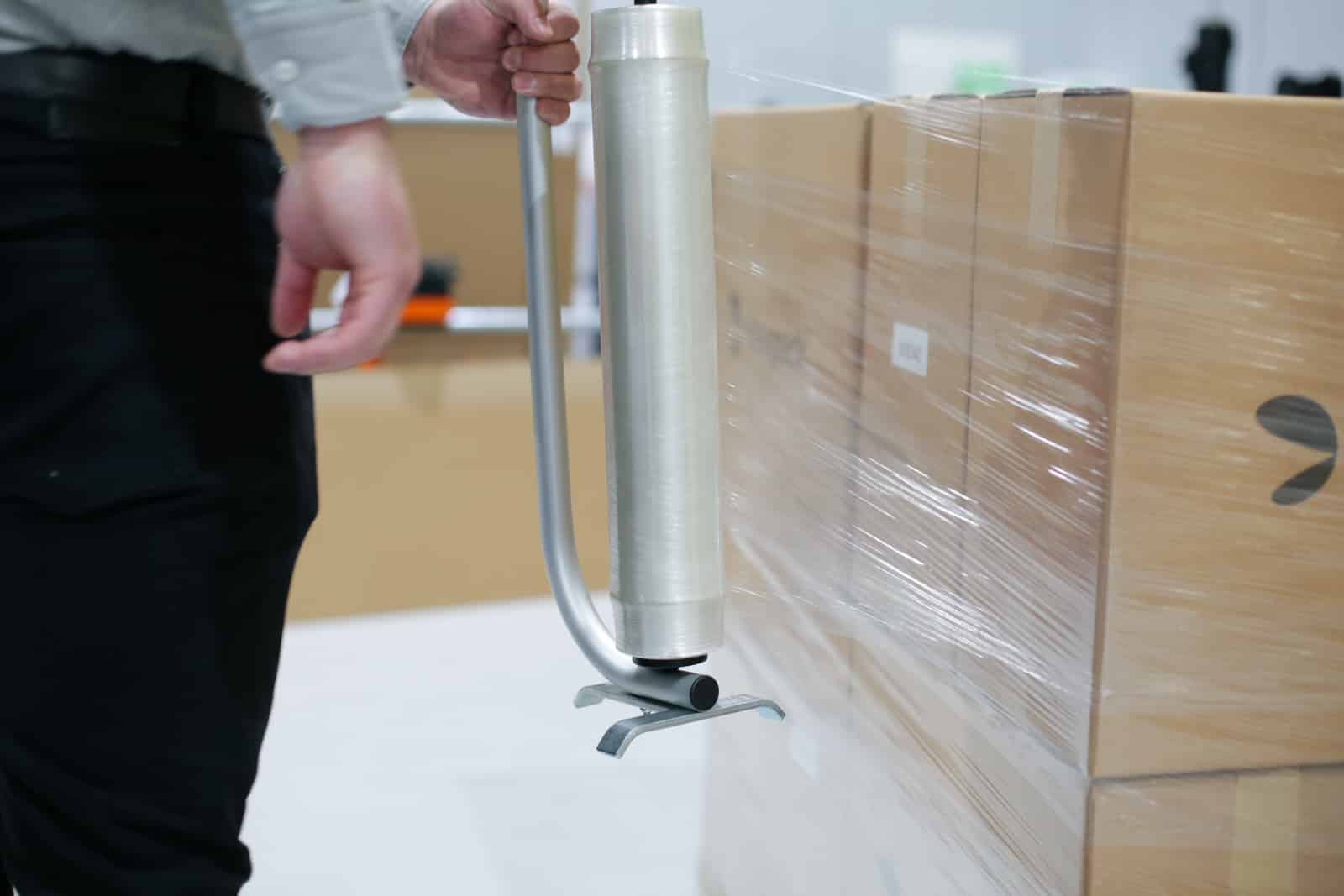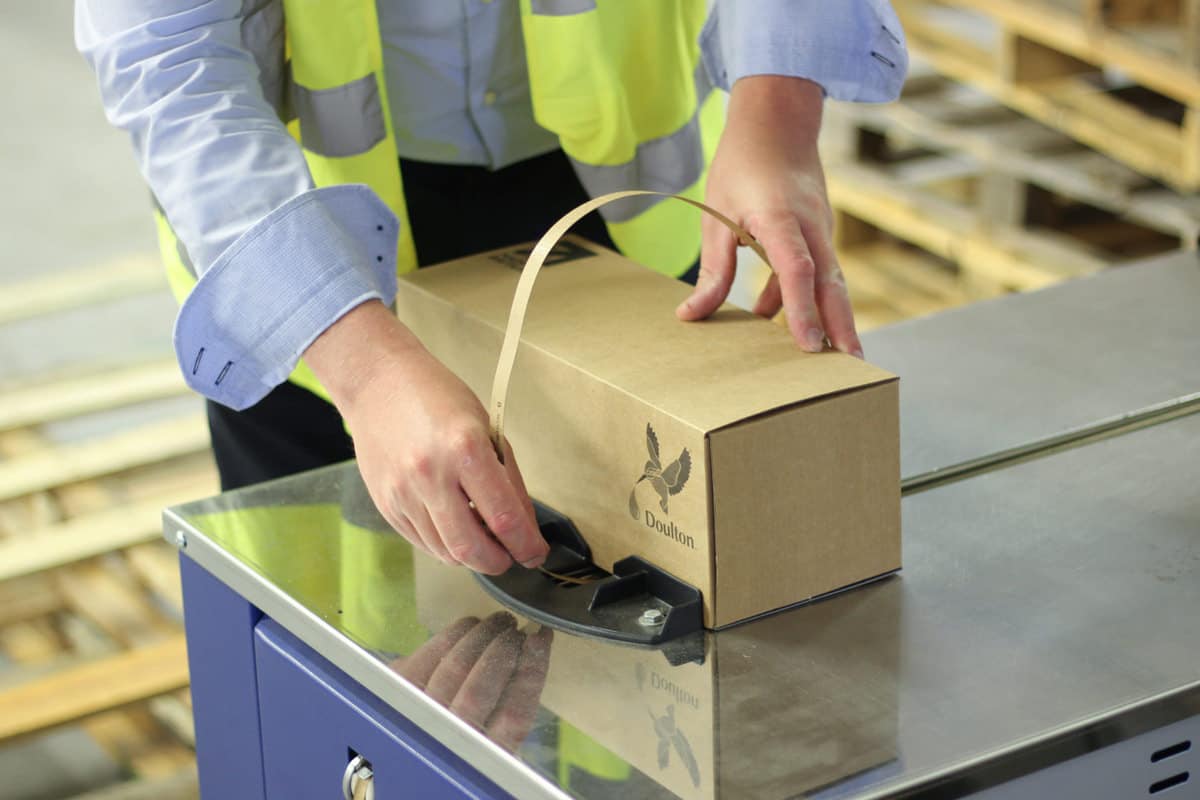4. Plastic Pallets Are More Durable
Pallets come in for a lot of harsh treatment during their life cycle: knocks and twists during handling, dynamic loads during shipping, static loads during storage, and constant changes of temperature and humidity, particularly if used for outside storage.
All these pressures can take a toll on the pallet’s construction. Timber pallets are only held together with relatively thin nails and one heavy impact or frequent, smaller blows can weaken or break that bond. Knots and faults in the timber itself can also create weak points that give way under sudden or prolonged pressure.
Polypropylene offers excellent resistance to mechanical, loading and climatic stress, and plastic pallets will continue to perform up to their approved dynamic and static load rating for their entire life cycle, in all weathers.
The injection moulding process creates a uniform molecular structure within a plastic pallet, and potential weak points are reinforced during the design stage.
This double-whammy to the timber pallets industry could result in users not only seeing plastic pallets as a more cost-effective alternative but even being forced into buying them to ensure continuity of supply.
Steve Maxim
Business Development
5. Plastic Pallets Are Recyclable
When a wooden pallet reaches the end of its useful life, the options are limited. Any timber still in reasonable condition can be used to remanufacture pallets or other timber packaging, but if it has splintered or deteriorated it will probably be turned into biomass fuel or sent to landfill.
On the other hand, polypropylene pallets can be easily ground down and reformed into granules. The raw material is then used to manufacture new plastic products, and this recycling process can happen time and again.
6. Plastic Pallets Are Lighter (And Don’t Gain Weight)
The unladen weight of a pallet varies depending on its construction – wooden pallets typically weigh between 15 and 70 kg. Compare this with plastic pallets which can take similar load weights, but come in at between 4 and 24 kg.
Another factor to consider is that a wooden pallet, when wet, is considerably heavier than when it is dry. Plastic pallets maintain a constant weight, even if they are standing in water.
The added weight of wooden pallets has two potential consequences: additional shipping costs due to higher total load weights, and a higher risk of musculoskeletal complications or injury if pallets are being handled manually.
7. Plastic Pallets Are Safer
Maybe the best way to illustrate this is by looking at the ways in which wooden pallets are unsafe. We have just mentioned how manual handling of heavy wooden pallets can potentially cause musculoskeletal complications or injury. This threat is increased if the pallets are wet, or if they are handled over a protracted period.
The softwoods used for pallets have a high tendency to split if damaged, creating jagged edges and splinters that can catch on clothing or lacerate skin.
Damaged wooden pallets may collapse, creating unstable loads that can fall with severe consequences.
And so there we are – seven valid reasons why plastic pallets are better than timber.
If you would like to
Learn more about our range of ISPM15-exempt plastic pallets
Investigate the options for converting your ‘pallet fleet’ to plastic, or
Calculate the financial benefits of plastic pallets
Get in touch with us to make the switch to plastic pallets and make your packaging more environmentally sustainable.


